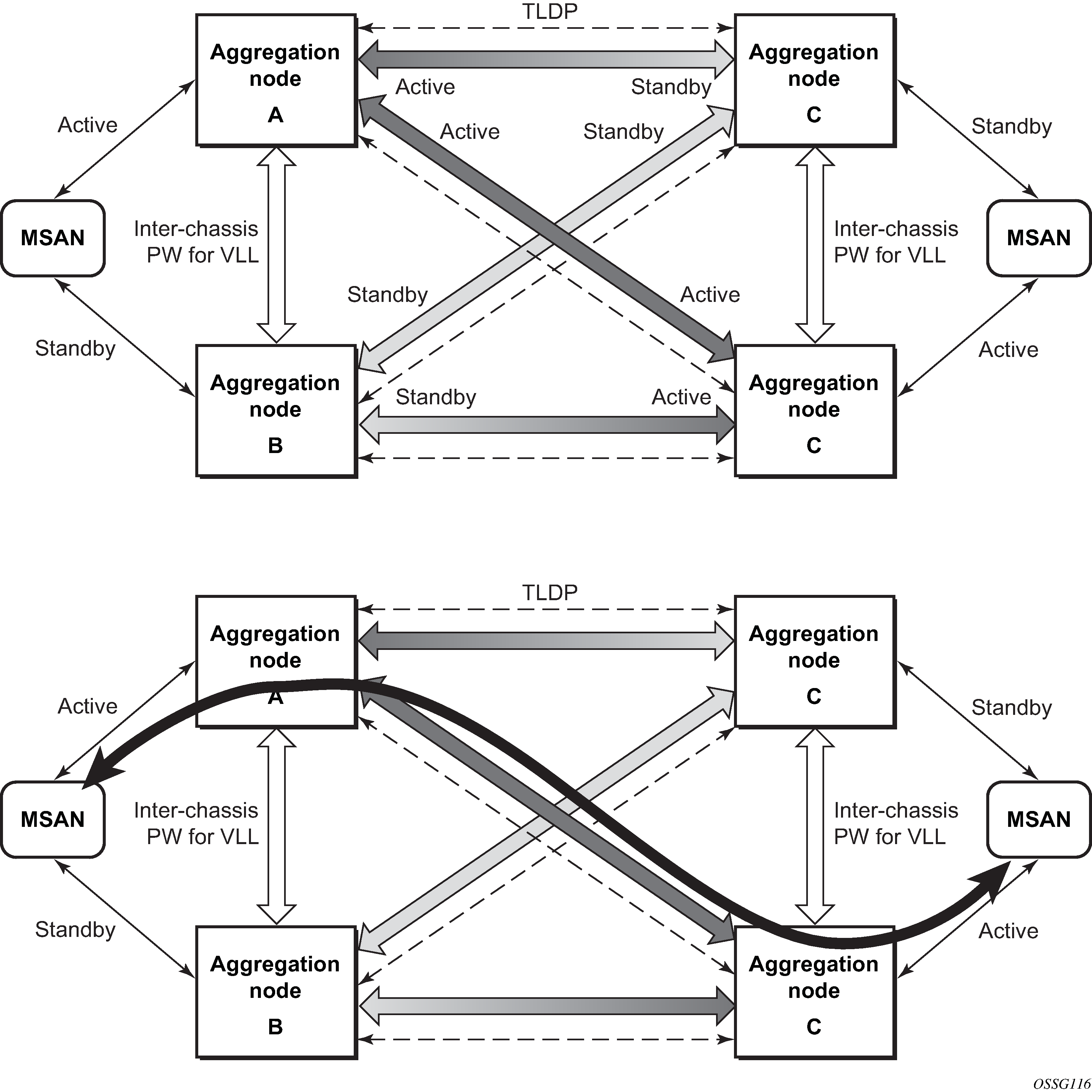Figure 1 shows the connection between two multi-service access nodes (MSANs) across a network based on Layer 2/3 VPN pseudowires. The connection between MSAN and a pair of PE routers is realized by MC-LAG. From an MSAN perspective, a redundant pair of PE routers acts as a single partner in LACP negotiation. At any time, only one of the routers has an active link in a specified LAG. The status of LAG links is reflected in status signaling of pseudowires set between all participating PEs. The combination of active and stand-by states across LAG links as well as pseudowires gives only one unique path between a pair of MSANs.

Note that the configuration in Figure 1 shows one particular configuration of VLL connections based on MC-LAG, particularly the VLL connection where two ends (SAPs) are on two different redundant-pairs. In addition to this, other configurations are possible, such as:
Both ends of the same VLL connections are local to the same redundant-pair.
One end VLL endpoint is on a redundant-pair the other on single (local or remote) node.